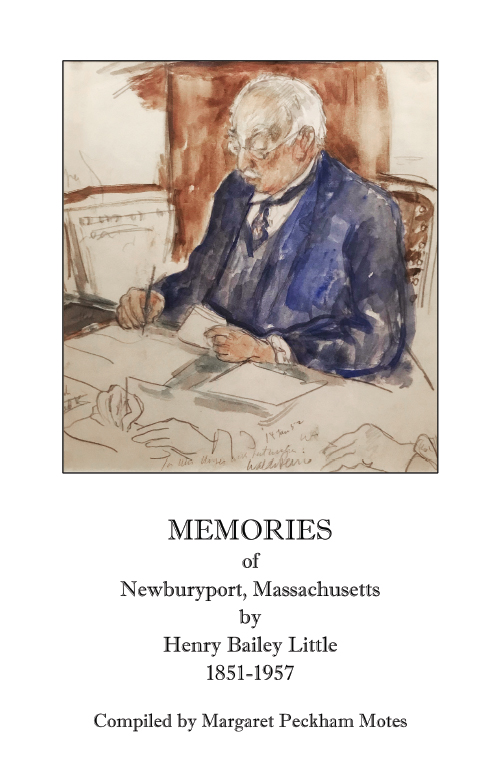My husband's
Slatter ancestors, who lived in the impoverished London neighborhood of Whitechapel, have quite a back story. I've previously researched and written about the
difficult life and sad fate of his great-great grandmother Mary
Shehen Slatter (1837-1889), who ended her days in an insane asylum. Her husband, John Slatter (1838-1901) left his family behind even before Mary died, making his way to Ohio to start over.
The impressive--and inspiring--part of this family's history, however, is that as adults, the Slatter children broke the cycle of poverty. Both of the daughters (Ada and Mary) followed their father to Ohio, married hard-working men, and raised children in the Buckeye State.
Amazingly, three Slatter sons--Albert William (1862-1935), Henry Arthur (1866-1942), and John Daniel (1864-1954)--began the journey toward a better future when they were placed on a training ship anchored in the Thames. They became "Goliath boys."
On the Training Ship Goliath
The Slatter children had been sent to Forest Gate School for education while their father was absent and their mother was in an asylum. From 1870 on, this school operated a training ship positioned near Grays, called the Goliath. The goal was to teach young pauper boys necessary skills that would prepare them for military or civilian occupations (and keep them out of poorhouses).
From knots to notes, plus swimming and reading, thousands of boys gained skills especially valuable for the Royal Navy or for serving on merchant vessels. Instructors hoped their students would "follow the sea" after leaving the Goliath, and many did just that.
The training situation was highly disciplined, and conditions often were harsh...but the three Slatter boys apparently had musical talent that was shaped and sharpened by their time on the Goliath. In fact, John was Band Sergeant and solo cornet of the Goliath's Boy's Band at the age of 11, in 1875, according to one of his obituaries.
Tragedy on the Goliath
Teenaged Albert William Slatter left the Goliath in November of 1875, enlisting in the Shropshire Light Infantry--not the Royal Navy.
But the other two Slatter boys--not yet teens--were among the hundreds of students remaining on the Goliath when fire broke out on December 22, 1875.
Despite efforts to extinguish the flames, the ship was consumed by fire and the boys were urged to save themselves by diving into the water. John Daniel Slatter and Henry Arthur Slatter survived by jumping into the Thames, but some students and at least one adult died, sad to say.
This horrific fire was covered by newspapers far and wide, I was a bit surprised to learn when I did an online search. In addition to British press, I found coverage stretching into 1876 in the New York Times and even in a New Zealand paper, and the Goliath has multiple online references (not just a brief, sketchy Wikipedia page).
From Goliath to the Exmouth
The Exmouth, another training ship in the Thames, was the next stop for many of the students who escaped the Goliath fire.
At top is an excerpt from a record book for the Exmouth, showing that John Slatter was a "Goliath boy" moved to the Exmouth from March to August of 1876. The notation states he was discharged to an Army regiment in Colchester--not the Royal Navy!
Above, the record book page for Henry Arthur Slatter, also listed as a "Goliath Boy," living on the Exmouth until September of 1877. Subsequently, Henry joined the Army--not the Royal Navy.
Building Better Lives
In time, all three of these Slatter brothers used their musical skills to advance through the ranks and become highly respected military bandmasters in Canada, as well as devoted family men.
John Daniel Slatter was bandmaster of the 48th Highlanders of Toronto, which popularized the "kiltie band" fad at the turn of the 20th century.
Henry Arthur Slatter was bandmaster of the 72d Seaforth Highlanders of Vancouver.
Albert William Slatter was bandmaster of the 7th London Fusiliers of Ontario.






























